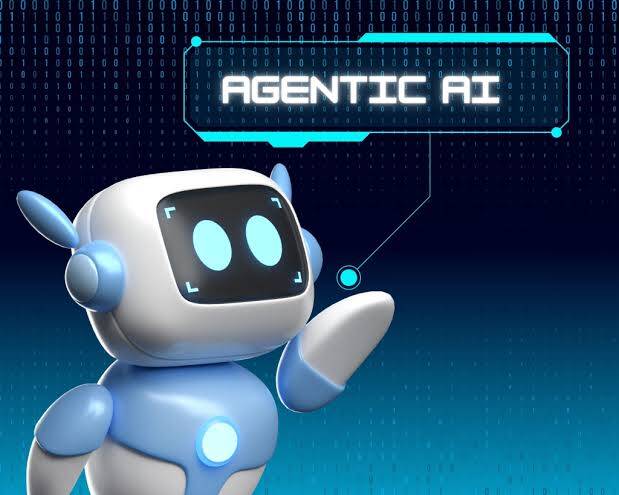When you purchase through links on our site, we may earn an affiliate commission. This doesn’t affect our editorial independence.
Introduction
Gen AI is slowly metamorphosing into ‘agnetification’ where AI systems are rapidly evolving from isolated tasks into specialized multifaceted agents. According to Capgemini, a research institute survey of 1,500 top executives across the globe, 32% of the respondents placed AI agents as the top emerging technology trend in data and AI in 2025
The increasing logical reasoning in Gen AI models will be trained to start operating autonomously, while providing more accurate, reliable and evidence based outputs.
This article is going to X-ray the design and development of agentic AI systems. It will also highlight their components and its interactions.
what is Agentic AI Architectures?
Agentic AI Architectures simply refers to the structure and the design of agentic AI frameworks. It’s the type that shapes the virtual space and the workflow patterns to automate AI models within the agentic ecosystem.
Agentic AI Architectures solely work to support and monitor the behavior of AI agents working within a Gen AI system. Agentic AI is designed to be adaptive and traverse through the dynamic environment to achieve the desired goals.
Large language models power the decision making process of AI agents. The agentic architecture is however designed to harness large language models, enabling AI agents to perform intricate tasks autonomously.
In order to achieve this, the architecture provides a flexible framework that allows AI agents to adapt to changing environments and seamlessly integrate with various data sources, APIs and systems.
How Agentic AI Architectures Function
Agentic architecture is designed to empower AI agents with autonomy. Comprising components that address key aspects are:
Intentionality
Forethought
Self reactiveness and
Self reflectiveness
These components enable AI agents to set goals, plans, monitor performance and also reflect to achieve specific objectives.
As the autonomous agent operates, it adapts to user performances, providing a personalized experience and delivering more detailed responses without human assistance.
Benefits of Agentic AI Architectures
The development of agentic AI architecture has led to the creation of multi agent systems (MAS), which enable the coordination of autonomous AI agents. These systems offer several benefits over traditional single-agent setups:
Simplified workflows through automated design: MAS automates mundane and time-consuming tasks, such as data collection and analysis, freeing users to focus on high-priority activities.
Unified knowledge sharing: AI agents share a common memory system, ensuring seamless data synchronization and informed decision-making.
Increased efficiency and cost savings: By automating labor-intensive tasks, such as video analysis and contract negotiations, these systems substantially reduce manual effort and lower costs.
Conclusion
With the recent advancement in AI, it’s evident that agentic AI is poised to change the narrative in the AI ecosystem. It’s time for organisations to adopt and embrace the new innovations in order to adapt to ever dynamic tech ecosystems.








